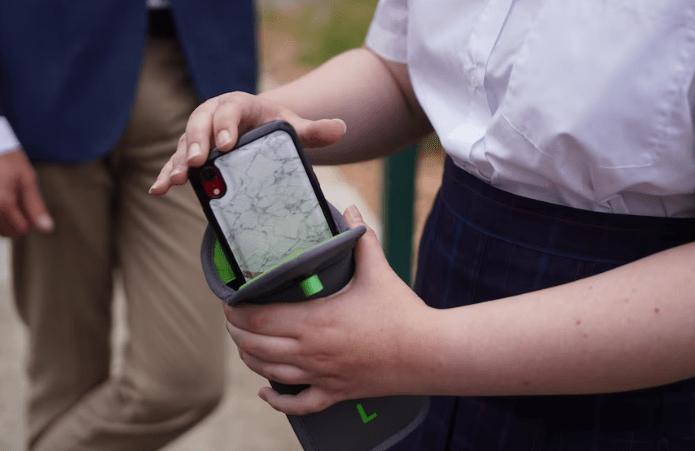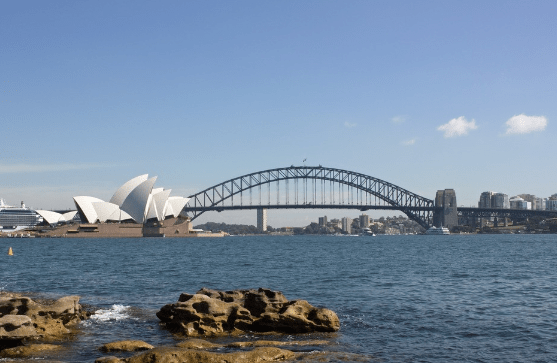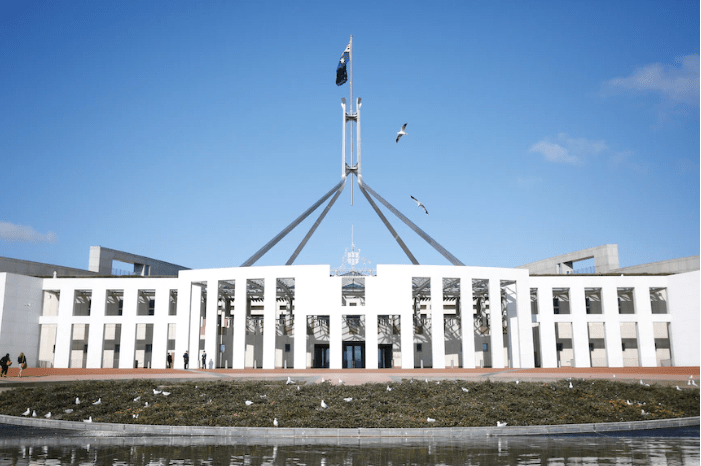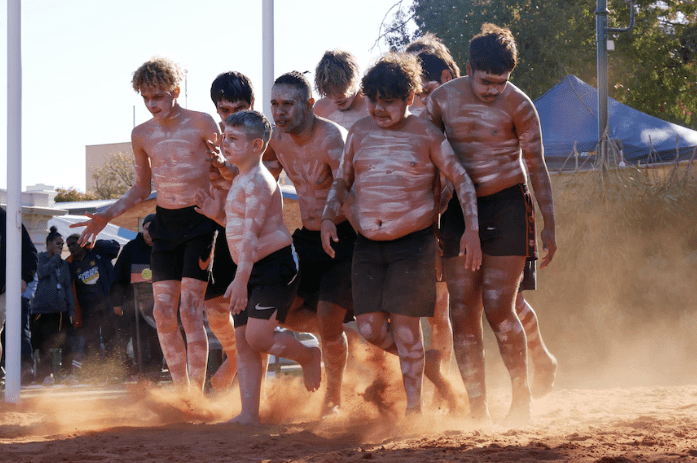Phone ban by NSW Labor won’t enable tracking of children

The upcoming NSW state election has stirred controversy as the Coalition accuses Labor of proposing to use mobile “jamming” technology that can track students.
Labor has recently made a pledge to expand the mobile phone ban in government high schools, which would align NSW with other states in the country.
However, Education Minister Sarah Mitchell expressed concern over Labor’s consideration of phone-jamming technology, which a tech company called Educell proposes.
The technology is currently used in two NSW prisons to curb illegal phone use. Mitchell emphasized the dangers of using prison technology in schools, especially when tracking students’ movements and activities without proper data privacy considerations.
Mitchell argued that students should not be treated like prisoners and that their rights to privacy and security should be a priority.

This, however, misrepresents how the technology works.
According to Educell’s website, its system prevents phones from connecting to their regular phone network, meaning students would be unable to make or receive calls or connect to the internet while at school. (They would still be able to connect to the school network, if permitted, meaning exemptions are possible.)
Educell director Andrew Mednick told CheckMate that it was “absolutely not” possible to track a student’s location or collect data from their phone using his company’s technology.
“The hardware doesn’t have the capability, nor is it a requirement of the system to perform its core function,” he said, adding that it would not install anything on students’ phones and was “considered a ‘dumb device’ in the telco industry”.
As Mr Mednick described it, the system operates by placing a small box the size of a Wi-Fi router in each room where the school wants to limit mobile usage. These would then be programmed to turn on and off at specified times.
“It’s calibrated for a specific room,” he said. “If you were in a classroom it was in, and walked out into a hallway where we haven’t installed it, your phone would regain its network connection.”
Mark Gregory, an associate professor with RMIT University and a communications technology expert, told CheckMate that a mobile phone jammer was “a blocking device … that typically transmits on the same frequencies used by mobile phones, thereby preventing a connection with mobile phone towers”.
Data on phone usage “cannot be intercepted” with jamming technology, he said, noting that while military-grade jammers could make it possible to track a phone’s location by targeting mobile network towers rather than phones, these were “more sophisticated” than those being proposed for NSW schools.
“We’re talking about a very significantly different level of device”, he said, adding that these more basic devices “just blow out frequencies in any direction”.
“It’s putting out signals right across the spectrum that will be picked up by the phone, and that’s wiping out the phone’s ability to talk to anything.”
In a written statement, the Australian Communications and Media Authority said certain technologies designed to interfere with or block phone signals were classified as “banned equipment” under the Radiocommunications Act, and that it had “not licensed or otherwise authorised the use of devices intended to block mobile phones in schools”.
It noted that Educell had approached ACMA with its proposal but had not yet applied for an exemption.
Viral List of Indigenous ‘Voices’: Uncovering the Facts

As the Voice to Parliament debate heats up, a list of 51 organisations purportedly focused on Aboriginal and Torres Strait Islander people and issues has been shared online to imply that a constitutionally enshrined Indigenous voice is unwarranted.
“Here is just a short list of the massive amount [of] voices already in place,” one tweet featuring the list states.
Another reads: “So we’ll have 52 voices then!”
But none of the organisations included on that list — which this newsletter touched on last week — is a current national representative body, let alone constitutionally enshrined.
In fact, of the entities listed, at least 16 no longer exist, many are unrelated to the federal government or parliament and one is, in fact, an international organisation.
That’s according to a detailed breakdown of the current status and role of each listed entity provided to CheckMate by James Haughton, a senior researcher in Indigenous affairs at the Australian Parliamentary Library, which provides non-partisan and politically neutral information, analysis and advice to parliament.
Included on the list was a Victorian phone directory that hasn’t been updated since 2010, three webpages, one of which is no longer maintained, and three separate listings for the National Indigenous Australians Agency (NIAA).
Also featured were two newspapers and a television station, as well as the NAIDOC cultural festival and a number of organisations dedicated to Indigenous health, maternity and childcare in specific regions

Of the numerous NGOs included on the list, the focus of the organisations ranged from business and education to health and women’s law and culture.
Elsewhere on the list are three research institutions, as well as two listings that are the titles of reports (the first, an annual health report published by the Australian Institute of Health and Welfare and the second, the findings of a 2005 child health survey in Western Australia).
Finally, one organisation listed, the Assembly of First Nations, is a Canadian assembly modelled on the United Nations.
As experts previously told CheckMate, the proposed Voice to Parliament would be constitutionally enshrined and independent of the government and parliament. It would be made up of Indigenous representatives appointed by and accountable to First Nations peoples.
Fake trans allegation letter prompts Tasmanian newspaper to retract publication
A Tasmanian council has reported ongoing abuse towards their staff after a letter to the editor was published in a local newspaper, incorrectly claiming that a man had entered the female change rooms of a council-run swimming pool. The Launceston Examiner reported that a man entered the changing rooms of the Launceston Leisure and Aquatic Centre, where young girls were present, and started to undress in front of them. The letter also stated that the man was forcibly removed by another patron, but staff at the centre refused to take action due to the removed individual identifying as female. The supposed patron who stepped in was given a life ban from the facility. However, the Launceston City Council has denied these claims, stating that there was no such incident that occurred. The false accusations have caused staff to face unwarranted abuse and harassment.
The mayor of the council expressed disappointment that The Examiner did not verify the truthfulness of the letter before publishing it. This lack of fact-checking created problems for the council’s staff who have been subjected to harrassment and abuse at the aquatic centre. The newspaper editor, Mark Westfield, admitted that they had been misled and provided a clarification the following day. However, Westfield has reportedly left his position. Interestingly, he served as a media adviser to former Prime Minister Malcolm Turnbull and managed the election campaign for Liberal candidate, Katherine Deves. Deves has received criticism for her comments on transgender issues.